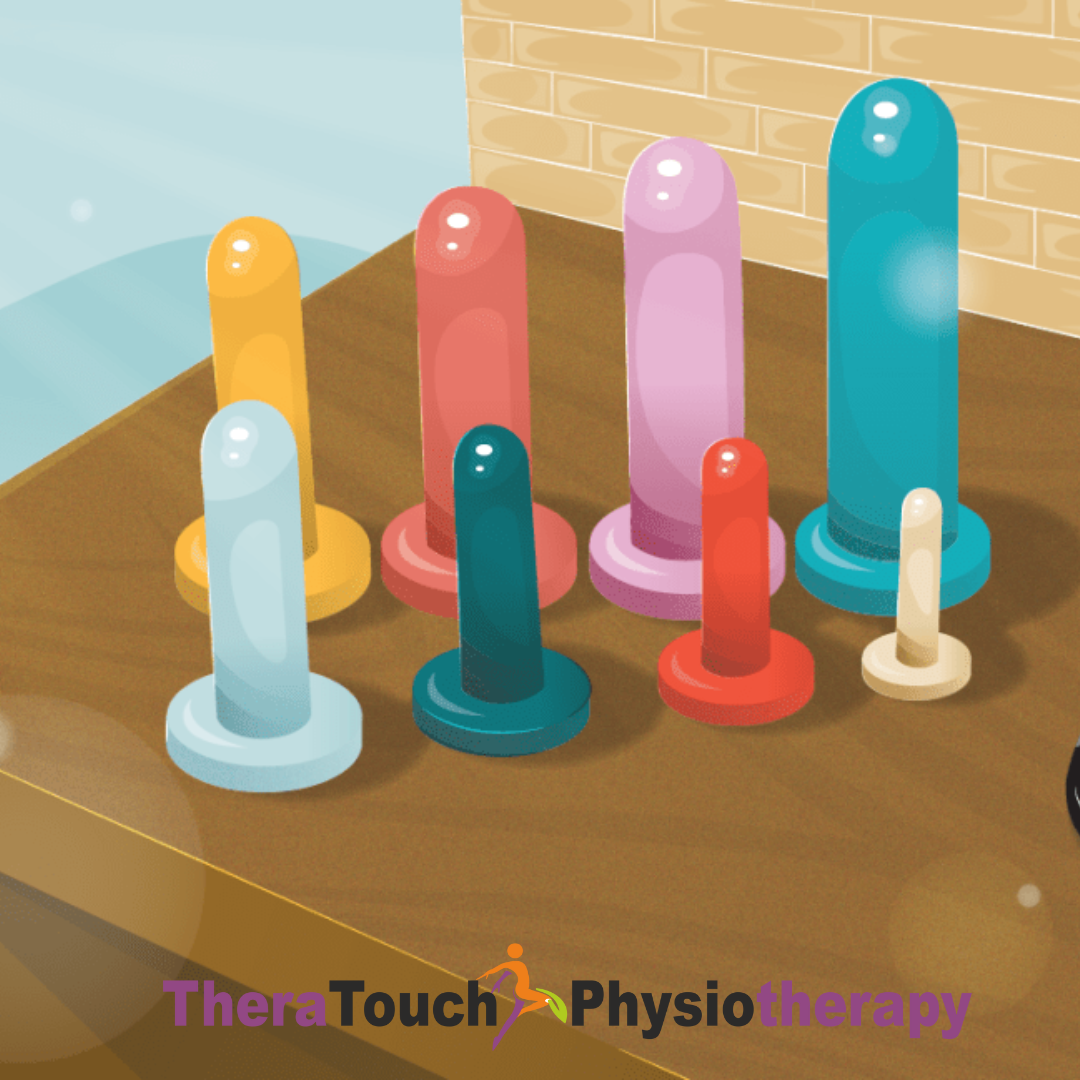Vaginal Dilators: When and How to Use
Hello everyone,
Today, I want to share some insights about a crucial tool that can make a significant difference for many women across the globe experiencing vaginismus or dyspareunia (painful sex), I present to you Vaginal Dilators. These conditions can be distressing and have a profound impact on one’s quality of life, but with the right approach, there’s hope for improvement.
Understanding Vaginismus and Dyspareunia
Vaginismus is a condition where the muscles around the vagina involuntarily tighten, making penetration painful or impossible. This can occur due to various reasons, including anxiety, past trauma, or even without an apparent cause.
Dyspareunia is often referred to as persistent or recurrent pain during intercourse. This can stem from various physical or psychological factors, including infections, hormonal changes, or muscle spasms.
Both conditions can lead to significant physical discomfort and emotional distress, making it essential to find effective ways to manage and treat them.
How Vaginal Dilators Help You
Vaginal dilators are smooth, cylindrical devices designed to be inserted into the vagina to help stretch and desensitize the vaginal muscles. They come in various sizes, typically made of medical-grade plastic or silicone. The goal is to start with a small dilator and gradually move to larger sizes as your comfort increases, helping to reduce pain and improve muscle flexibility.
How to Use Vaginal Dilators
When you’re ready to start using vaginal dilators, it’s important to choose the right one. Begin with the smallest dilator in the set. It should be easy to insert without causing significant pain, and ensure it’s made from a body-safe material like medical-grade silicone.
First things first, preparation is key. Find a quiet, comfortable space where you feel relaxed and unhurried. Wash your hands and the dilator with warm water and mild soap to maintain hygiene.
Next, apply a generous amount of water-based lubricant to the dilator and your vaginal opening. This will help ease insertion and reduce friction. Once you’re ready, lie down in a comfortable position, such as on your back with your knees bent and legs apart. Some people find a semi-sitting position or lying on their side to be more comfortable.
Remember to take deep breaths to help relax your pelvic muscles. Practicing mindfulness or relaxation exercises beforehand can also be beneficial.
Now you gently insert the dilator into your vagina. If you feel resistance or pain, stop and try to relax your muscles further. It’s okay to take breaks and go slowly. The goal is to avoid causing discomfort.
Use the dilator for about 10-15 minutes each day. As you become more comfortable, gradually increase the size of the dilator. Don’t rush the process.
Only move to the next size only when you feel ready and the current size is comfortable. Regular use is key to seeing progress. Consistency helps in gradually desensitizing the vaginal muscles and reducing involuntary tightening.
Here Are Some Practical Tips You Can Try
Using vaginal dilators can feel intimidating at first, but with time and practice, it becomes easier. Patience is key. Progress might be slow, and that’s okay. Every small step forward is a victory. Celebrate your progress, no matter how minor it seems.
Don’t skimp on the lubricant. It makes the process much more comfortable and reduces friction, which can help prevent irritation. Use the dilators in a calm, private setting where you feel safe and relaxed. Soft music, dim lighting, or a warm bath beforehand can help create a soothing atmosphere.
Regular, consistent use is essential for success. Make it a part of your daily routine to ensure you’re making steady progress. Don’t hesitate to reach out to your specialist with any questions or concerns. They can offer personalized advice and additional strategies based on your specific needs.
Managing vaginismus and dyspareunia can be challenging, but remember that you’re not alone. Using vaginal dilators is a powerful tool in your treatment plan, and with patience and persistence, you can make significant progress. Seek guidance from your pelvic health physiotherapist or healthcare provider to get personalized advice tailored to your needs.
Be kind to yourself, celebrate your achievements, and stay committed to your health and well-being. Your journey might have its ups and downs, but every step you take is a step towards a more comfortable and fulfilling life. Stay strong, stay patient, and keep moving forward. You’ve got this.


